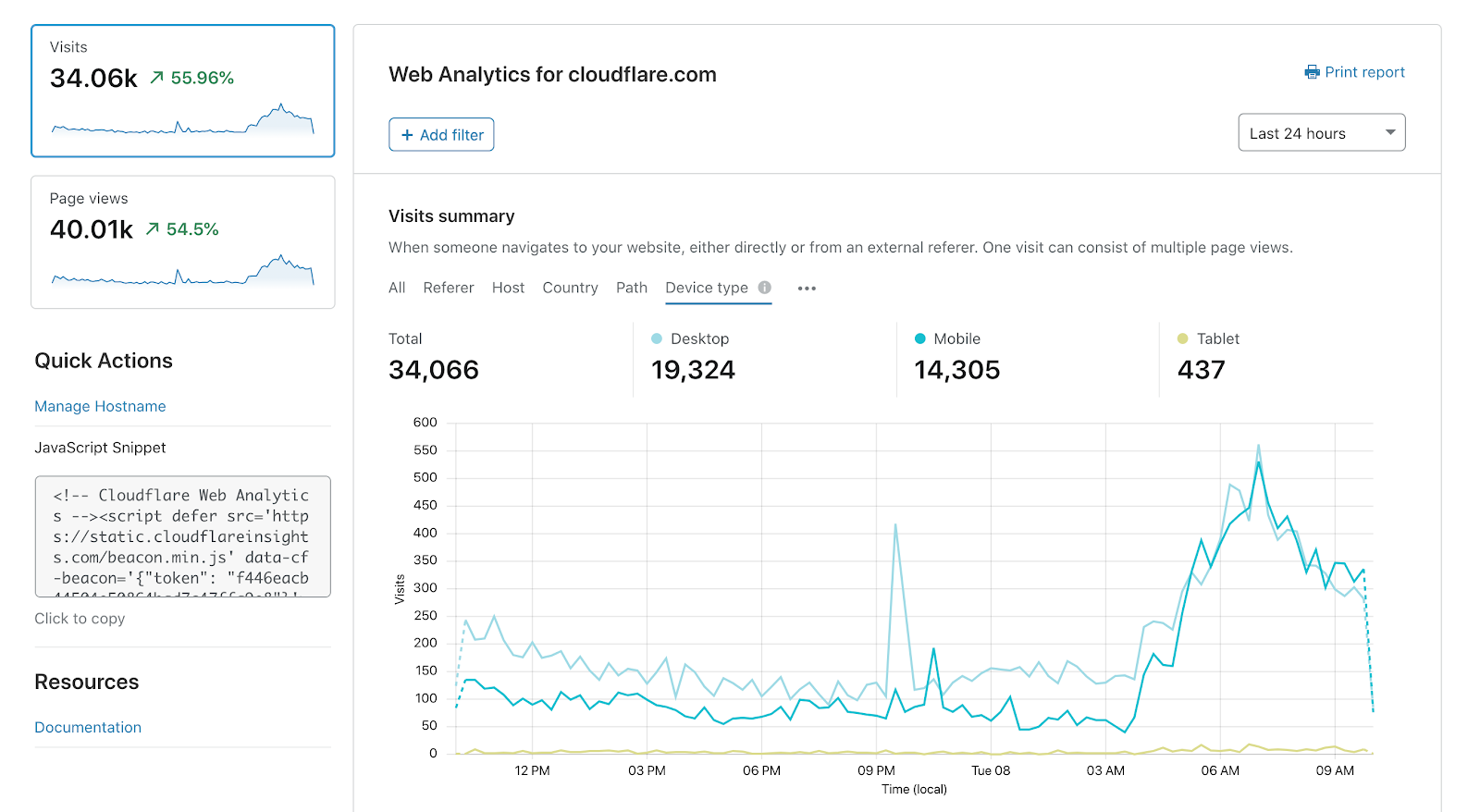Two crucial elements of a company’s business model are
Two crucial elements of a company’s business model are
The key to running a successful company is two things: a solid management team and sound business strategy. A good manager is vital because he or she understands the needs of the staff; he or she knows how to implement solutions that will create real value for the company; and he or she is able to foster loyalty among the staff. A good manager must be able to understand the competition, because only by doing so can one improve his firm’s competitive position. In fact, the sole aim of any manager – indeed, of any manager anywhere – should be to increase the company’s competitive advantage.

So what exactly is meant by capital expenditure? Capital expenditure simply refers to the cost of doing business; it represents the total amount spent on tools, buildings, and other assets that are necessary in order to start up a new company. When a company is started, it must have enough financial capital in order to start making profits. The capital invested in equipment, buildings, and supplies, therefore, represents the initial part of a company’s capital structure – but it does not represent the totality of its capital structure.

Therefore, it is imperative that a company determine its future capital requirements before it starts up. This can be done by estimating future sales; or by estimating future operating costs. One can even adopt the latter approach and adopt a detailed revenue and operating cost analysis before determining the capital required to run the business. Once these two assessments are made, the manager can then determine the amount of capital expenditure that the company requires.
The second key crucial element of a company’s capital structure is the operating cash flow; this is the flow of money that flows through the company’s financial system on a daily basis.
It represents the difference between total revenue (the amount of money paid out to customers and suppliers) and the total money spent (the amount of money that is invested, deducted, or invested in an active portfolio). If the company’s operating cash flow is too low, it is likely that the company will experience financial problems, especially if it takes a long time to recover from small losses. Thus, it is necessary that management identify all sources of capital expenditure, including operating funds.
Lastly, the third critical element of a business is its ownership structure – i.e., its ownership composition. A company may be operated by a partnership, a corporation, a limited liability company, or by a sole proprietorship, and each of these entities requires different proportions of ownership by the owners of the company.
At the most basic level, ownership means that one person owns the company and each partner contribute to its profits. Alternatively, a company may be owned by shareholders who own directly or indirectly, some or all of the company’s assets. Regardless of the exact composition of a company’s ownership structure, however, there are certain criteria that companies must meet in order to be considered established and operating.
A company does not become established and operating until it has acquired two crucial elements of a company’s business model. First, it needs to be financially secure – this can be determined by examining the company’s debt to equity ratio. Second, a company must have a profitable business model in place – which requires taking a detailed look at its products and services, its pricing and promotion strategies, and its competition. In order to attract and retain customers and generate profit, therefore, it is essential for a company to create a strong marketing message and to develop a profitable customer base.









Leave a Reply